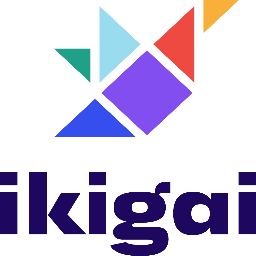Ikigai is a cutting-edge platform that helps organizations discover their purpose and align business strategies with core values through advanced analytics and AI.
Enhance your organizational effectiveness with AI agents that leverage purpose-driven insights and automation.


Ikigai provides deep insights into organizational effectiveness and purpose-driven metrics. Relevance AI transforms these insights into intelligent AI agents that can drive strategic decision-making and enhance operational performance.
Insightful Decision-Making
The agent leverages Ikigai's data-driven insights to enhance strategic choices.
Dynamic Engagement Strategies
Utilizes real-time feedback to tailor employee engagement initiatives effectively.
Proactive Performance Monitoring
Continuously analyzes key metrics to identify areas for improvement and action.
Relevance AI gives you access to Ikigai's organizational alignment and analytics capabilities within your AI agent workflows.
What you’ll need
You don't need to be a developer to set up Ikigai with Relevance AI. Follow this simple guide to get started:
- An Ikigai account
- A Relevance AI account with API access enabled
- Authorization (connect securely via OAuth—no manual credential storage)
Security & Reliability
The integration leverages secure OAuth authentication, ensuring only authorized workflows access your Ikigai data. Relevance AI manages API operations seamlessly in the background—handling authentication headers, request formatting, and response processing automatically.
Built-in request validation and response handling ensure reliable API interactions, with support for multiple HTTP methods and custom headers.
No training on your data
Your data remains private and is never utilized for model training purposes.
Security first
We never store anything we don’t need to. The inputs or outputs of your tools are never stored.

Best Practices for Non-Technical Users
To get the most out of the Ikigai + Relevance AI integration without writing code:
- Configure OAuth properly: Ensure correct authorization setup with appropriate read-write permissions.
- Use correct endpoints: Reference the Ikigai API documentation for accurate path construction.
- Structure API requests: Format your request body according to Ikigai's expected schema.
- Handle responses: Implement proper error handling for various API response status codes.
- Monitor rate limits: Stay within Ikigai's API request limits to ensure uninterrupted service.








